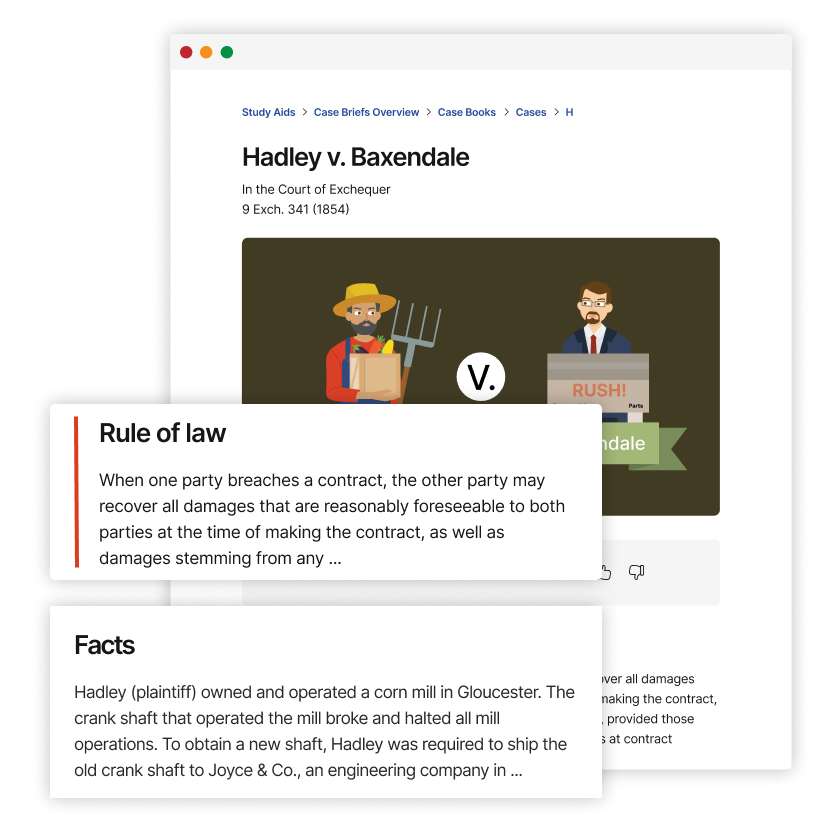Maurice Tanner
United States Interior Board of Land Appeals
141 I.B.L.A. 373 (1997)
- Written by Tanya Munson, JD
Facts
Under the Stock Raising Homestead Act (SRHA), the government reserved all the coal and other minerals present in coal or mineral deposits on land that was patented under the act. Maurice Tanner (plaintiff) owned the surface estate of land pursuant to a title traced to a patent under the SRHA. Tanner had removed humate from the land. Humate was a material derived from weathered coal as well as from shales and claystones that was used as an additive in drilling muds and soil conditioners and for potential agricultural benefits. Since 1979, the Bureau of Land Management (BLM) had prohibited the extraction of humate. The BLM claimed that Tanner was trespassing because humate was a part of the minerals of the land owned by the federal government. Tanner argued that humate was an organic substance that should not have been considered reserved as a mineral. Tanner argued that humate was a substance like peat, and because peat was organic in nature and not considered a mineral, humate should not be considered a mineral either. Tanner challenged the decision of the BLM to the Interior Board of Land Appeals.
Rule of Law
Issue
Holding and Reasoning (Burski, J.)
What to do next…
Here's why 899,000 law students have relied on our case briefs:
- Written by law professors and practitioners, not other law students. 47,000 briefs, keyed to 994 casebooks. Top-notch customer support.
- The right amount of information, includes the facts, issues, rule of law, holding and reasoning, and any concurrences and dissents.
- Access in your classes, works on your mobile and tablet. Massive library of related video lessons and high quality multiple-choice questions.
- Easy to use, uniform format for every case brief. Written in plain English, not in legalese. Our briefs summarize and simplify; they don’t just repeat the court’s language.




